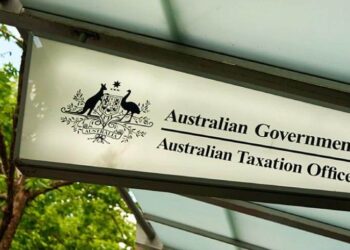Tim Miller, head of technical and education for Smarter SMSF, said in a recent online update that expenses in an SMSF have been an area of interest since 2018 and with the evolution of LCR 2021/2, it has become an even more important area on which to focus.
“Who knows if LCR 2021/2 will ever end as a document because there are always other changes, but what we’ve seen is largely a position that the ATO has held for some time now, looking at SMSF expenses and the NALI/E rules.”
“We can talk about specific investment expenses where the particular asset might be tarnished by non-arm’s length income, but you also need to look at the more general-style expenses. What it comes down to is ensuring that everything that we do, from an SMSF point of view, is done on an arm’s length basis.”
Miller said in that regard, it is important to identify parties to a transaction to know whether they are related, and if they are, whether the parties are acting in their trustee capacity or their individual capacity.
“If they are operating in a trustee capacity, then ultimately there’s nothing to see here – you can do your own fund administration. However, if they are acting in an individual capacity, first should you be charging now, from a non-arm’s length income point of view? The answer to that is yes, but from a trustee remuneration point of view, in regards to 17B, the answer might be no,” he said.
“In many ways, it is still an unknown area for fund administrators and fund trustees, because it’s touching on a point where there was no actual problem in the industry.”
Aaron Dunn, chief executive of Smarter SMSF, said when considering accounting fees, for example, where they should have ordinarily been paid for on commercial terms because you’re using certain resources within your accounting practice, the expense can be generally connected to all the fund’s income.
“That is the crucial piece. It doesn’t mean you can’t satisfy the arm’s length dealing, but it means that some building blocks should be put in place. For example, you can instigate some policies, or you might have some policies, but haven’t got the framework water-tight in which you must now be able to clearly demonstrate,” Dunn said.
Miller added that there are things that need to be considered, particularly with the acquisition of assets from related parties and doing those from an in-species perspective on an arm’s length basis.
“However, the contribution ruling always provided for the capacity where, if an invoice was raised by a self-managed super fund and the amount paid by the individual, then that has always traditionally been able to be treated as a contribution.”
“So, we’re not moving away from that. It’s really whether the raising of the invoice itself is arm’s length, whether there’s commerciality in how much you’re charging or not charging, and not whether you decide to treat something as a contribution or to pay it out of the fund’s bank account, which is always the preferred method.”
If it is a fund expense, the expense should be paid through the fund.
“There is, through the contribution ruling, a framework in which those could clearly be demonstrated as contributions.”
“There are certainly grey areas that sit within there now, but I think fundamentally, as we work through this period of year-end compliance and checking the expenses that have and haven’t been incurred, and seeing ultimately whether any may flag issues around the non-arm’s length expenditure,” Dunn said.


